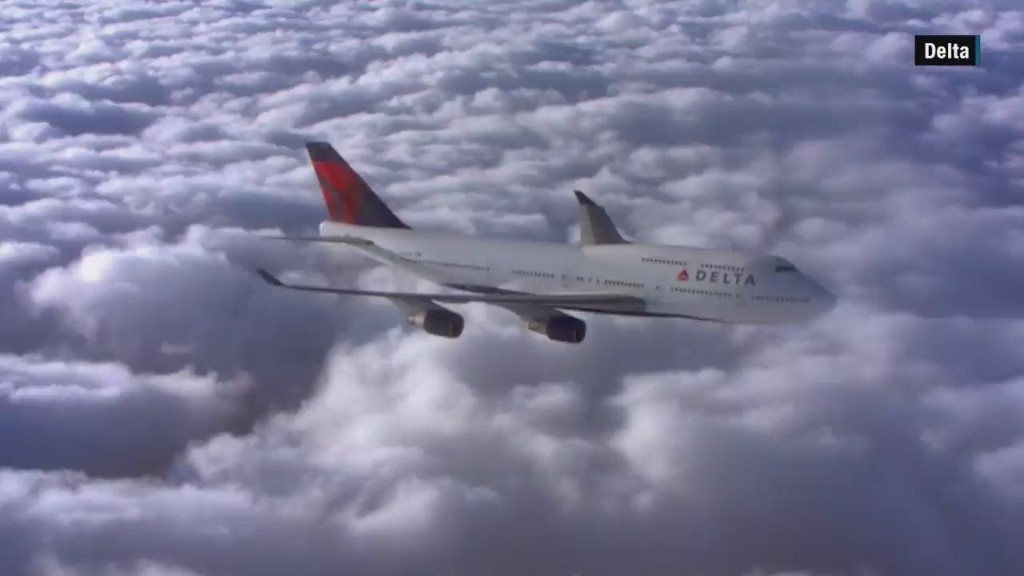
The nation's skies are expected to be more crowded this spring than they've been since 2007, and airlines are scrambling to handle the surge.
The forecast, release Tuesday by the trade group Airlines for America, estimates that the number of passengers will grow by 43,000 a day, up 2% from last year. At the same time, the number of available seats should grow by 64,000.
But don't expect to find lots of cheap tickets available, let alone an empty seat next to you.
That's because airlines were already nearly maxed out.
Airlines filled a record 84.6% of domestic seats last year with paying passengers, according to government statistics. That doesn't count seats set aside for frequent flier travel rewards or airline employees flying for free.
The extra seats are coming from airlines deploying new and larger planes on some routes, increasing the number of flights and in some cases jamming more seats onto planes, squeezing legroom.
Still, the additional seats are only expected to nudge the percentage of seats filled by less than one percent.
Related: Why flying stinks and you're still paying more
Full planes and falling jet fuel prices have helped airlines report record profits in 2014. Fares have stayed high despite the lower fuel costs because demand has remained high.
And the demand should continue to climb this year as both the jobs market and personal income improve and consumer confidence hit its highest level in a decade, according to the trade group.
Related: Legroom - How airlines compare
Airline stocks were among the market's best performers last year, with Southwest Airlines (LUV) and American Airlines (AAL) each more than doubling in value. Southwest posted the biggest gain in the S&P for 2014. United Continental (UAL) and Delta Air Lines (DAL) both gained more than 75% last year.
But with oil prices stabilizing, airline stocks have lost some of that altitude. Of the four major carriers, only Southwest is up in 2015, and Delta and American are both down more than 10%.

